When it comes to fast food royalty, two names reign supreme: McDonald’s and Burger King. They’ve battled for decades in a burger-fueled rivalry that spans continents, generations, and countless combo meals. Whether you’re loyal to the Big Mac or forever craving a Whopper, chances are you’ve stood at the counter (or hovered over your app) and asked yourself: what really separates these two global giants?
At a glance, McDonald’s and Burger King might seem cut from the same sesame seed bun. Both serve up burgers, fries, breakfast sandwiches, and ice cream treats to millions every day. Both sport instantly recognizable branding and devoted fanbases. But beneath the surface of golden arches and flame-grilled crowns lies a story of strategic moves, subtle tweaks, and bold contrasts that set these chains worlds apart.
This isn’t just about who has the better burger. It’s about everything from supply chains to soft drink science, from how onions are sliced to who’s cornered the coffee market. One brand may serve more customers, while the other quietly experiments with plant-based innovation. One may win the fry game, but lose out on breakfast. And don’t even get us started on the ice cream machine saga.
So before you order your next value meal or mobile deal, it might be worth digging deeper. Because as you’re about to see, the differences between McDonald’s and Burger King aren’t just quirky—they reveal two entirely different philosophies on how to serve up fast food success. Ready to rethink everything you thought you knew about the burger world? Let’s peel back the paper wrapper and take a closer look at 17 surprising differences that go way beyond the menu.
1. McDonald’s Has Far More Locations
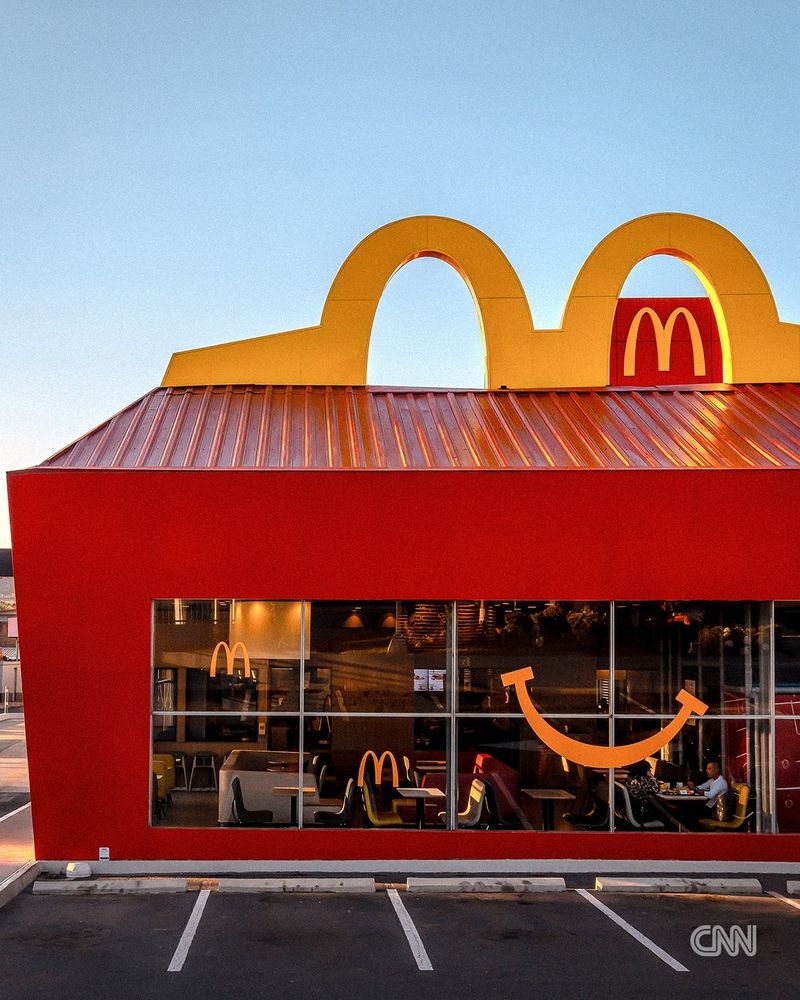
The golden arches truly dominate the fast food landscape worldwide. McDonald’s operates more than 40,000 restaurants across the globe, making it over twice as large as Burger King’s 19,000 locations.
This massive difference means you’re far more likely to spot those famous golden arches when traveling internationally. McDonald’s expanded aggressively early, opening restaurants in strategic locations and establishing brand recognition that’s nearly universal.
For travelers, this means McDonald’s often serves as a familiar landmark in unfamiliar territory, while Burger King maintains a smaller but still significant international presence.
2. Burger King Boasts a Wider Variety of Burgers
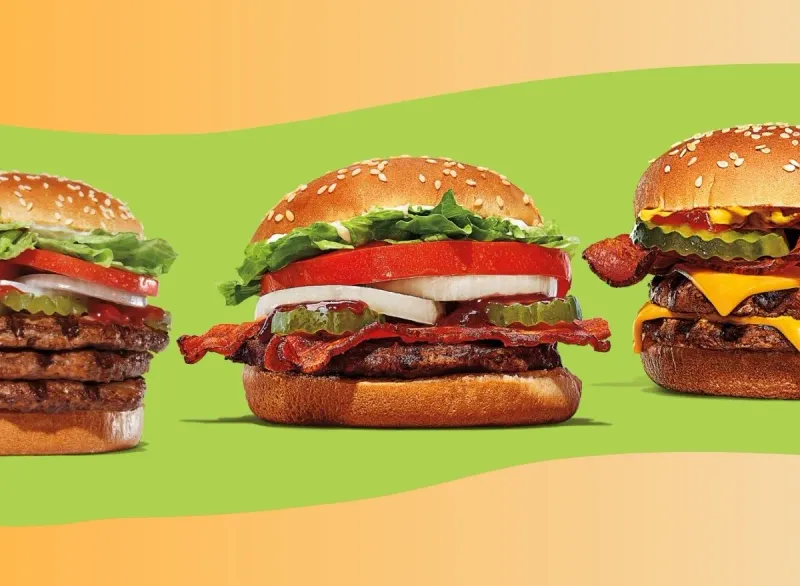
Step into Burger King and you’ll face a more extensive burger lineup than at McDonald’s. The Whopper family alone includes multiple variations, from the classic to the Bacon King and beyond.
BK regularly introduces specialty items like the Texas Double Whopper and pioneered mainstream plant-based options with the Impossible Whopper. Their menu philosophy embraces variety and customization, giving customers more ways to have it their way.
McDonald’s takes a more streamlined approach, focusing on perfecting fewer core items rather than expanding burger options, though they’ve begun offering more variety in recent years.
3. McDonald’s Was Founded Before Burger King
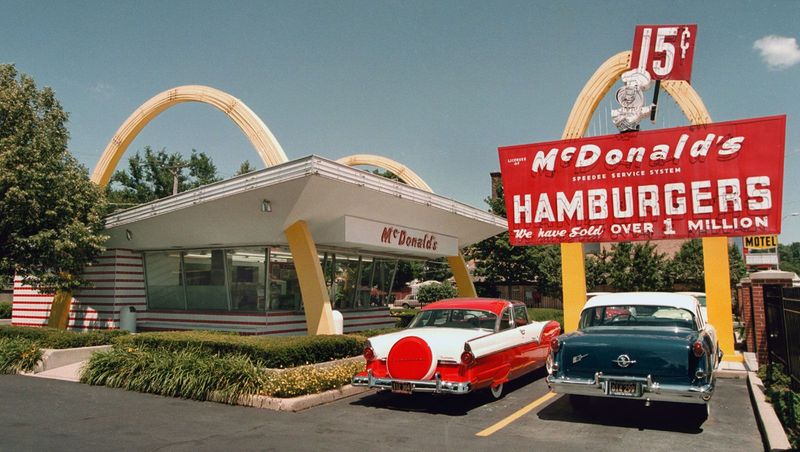
McDonald’s has been flipping burgers longer than you might think. Founded in 1940 by the McDonald brothers in San Bernardino, California, it got its start selling barbecue before focusing on hamburgers.
Burger King arrived on the scene 14 years later in 1954, originally named Insta-Burger King in Jacksonville, Florida. Those extra years gave McDonald’s a significant head start in building brand recognition and expanding nationwide.
This age difference helps explain McDonald’s early dominance and why it established many fast food conventions that Burger King would later adapt or challenge with its own approach.
4. Burger King Offers More Sides
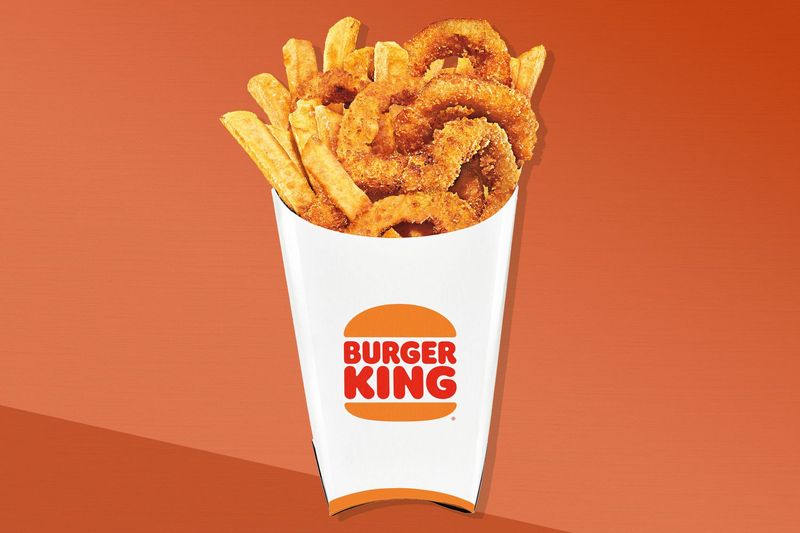
While McDonald’s has largely stuck to its famous fries as the primary side dish, Burger King offers a much wider variety of alternatives. Their onion rings have become nearly as iconic as their burgers, providing a crispy, flavorful option that McDonald’s doesn’t match.
BK doesn’t stop there – their sides menu includes mozzarella sticks, jalapeño poppers, and the unique Chicken Fries that blur the line between main dish and side item.
This variety gives customers more mix-and-match possibilities. McDonald’s occasional limited-time sides can’t compete with Burger King’s permanent selection, making BK the clear winner for side dish diversity.
5. McDonald’s Offers Better Breakfast Options
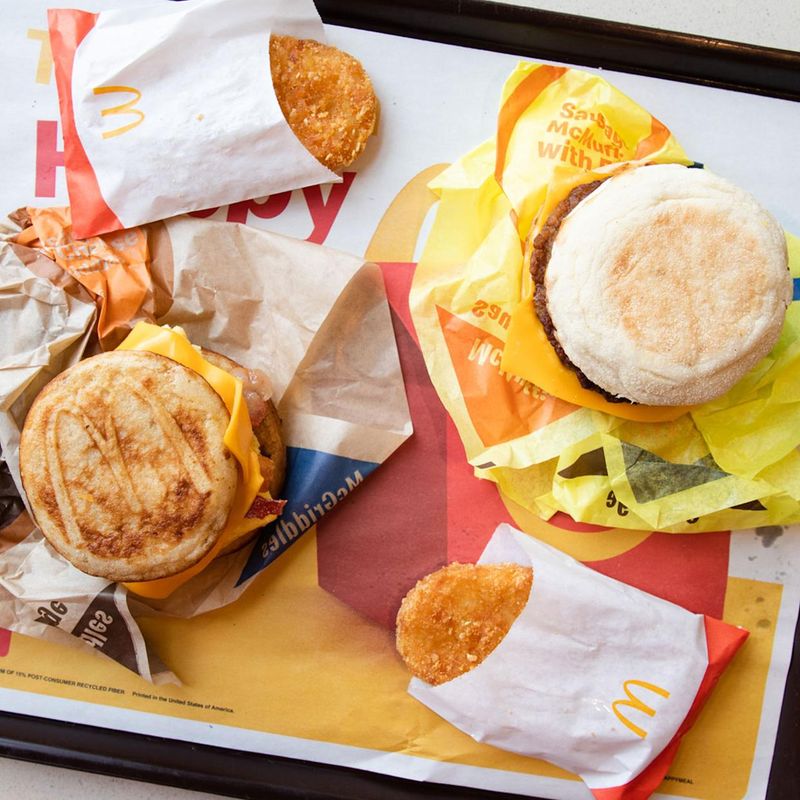
Morning hunger hits differently at these competing chains. McDonald’s breakfast menu stands as a pillar of its success, with iconic items like Egg McMuffins, McGriddles, and hash browns available all day at many locations.
The Golden Arches pioneered fast food breakfast back in the 1970s, giving them decades to perfect their morning offerings. Their breakfast sandwiches have become cultural touchstones, with many people unable to imagine breakfast on-the-go without them.
Burger King entered the breakfast game later and offers a decent but less varied morning menu that hasn’t captured the public imagination in the same way as McDonald’s breakfast classics.
6. Burger King Offers Fresher Toppings On Its Burgers
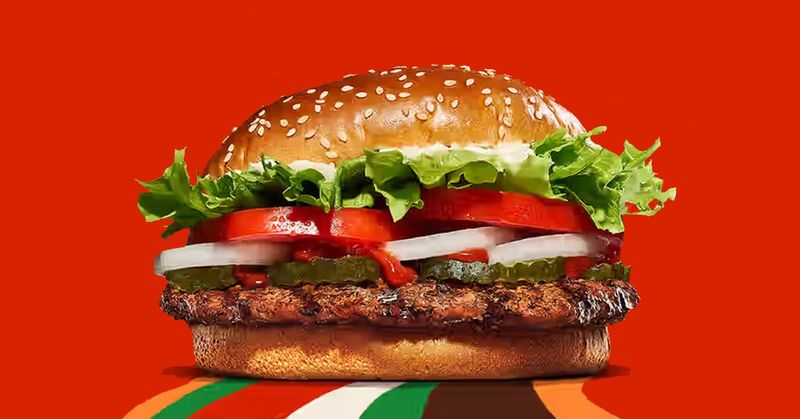
Take a closer look at what’s actually on your burger and you’ll spot a key difference. Burger King proudly uses fresh, whole vegetable toppings – crisp leaf lettuce, juicy tomato slices, and fresh-cut onion rings that add texture and flavor to each bite.
McDonald’s takes a different approach, using finely shredded iceberg lettuce and rehydrated minced onions on most of their burgers. This gives their sandwiches a different mouthfeel and flavor profile that’s more blended than Burger King’s distinct layers.
The difference is immediately noticeable when you unwrap each burger – BK’s looks more like a traditional deli sandwich with visible fresh components.
7. McDonald’s Brings In More Revenue Than Burger King
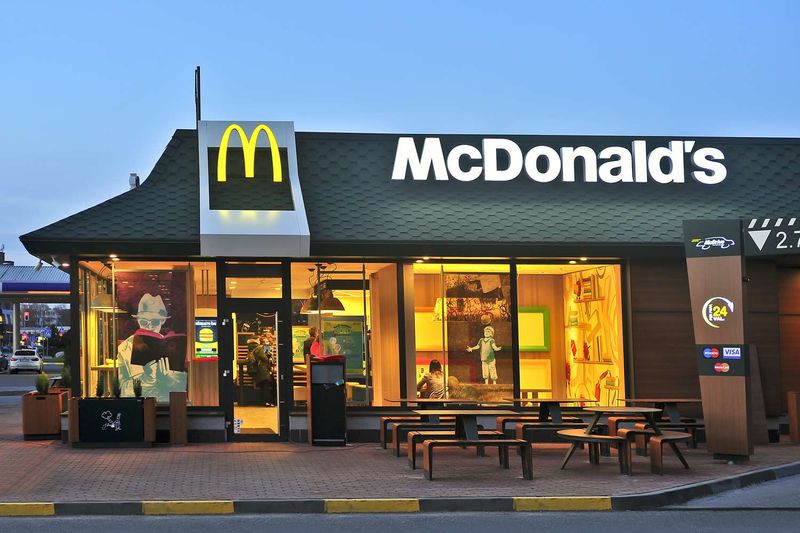
When it comes to making money, these chains operate in completely different leagues. McDonald’s regularly generates more than double the annual revenue of Burger King, despite BK’s attempts to close the gap.
This financial difference impacts everything from marketing budgets to restaurant renovations and menu innovation. McDonald’s deeper pockets allow it to invest more heavily in technology, like digital ordering kiosks and mobile app development.
The revenue gap also explains why McDonald’s can afford more prime real estate locations and maintain larger advertising campaigns that keep the brand front-of-mind for consumers worldwide.
8. Burger King Uses Sliced Onions, While McDonald’s Are Finely Diced

Something as simple as how onions are prepared creates a surprisingly significant difference in taste experience. Burger King slices their onions fresh, giving burgers a crisp crunch and pronounced onion flavor that stands out with each bite.
McDonald’s takes a different route entirely. Their signature burgers feature tiny, rehydrated diced onions that blend into the sandwich, creating a more subtle onion flavor that integrates with the other ingredients.
This preparation difference perfectly represents their broader philosophies: BK emphasizes distinct, fresh ingredients you can see and taste individually, while McDonald’s focuses on creating a carefully balanced, blended flavor profile.
9. McDonald’s Is Generally Cheaper Than Burger King
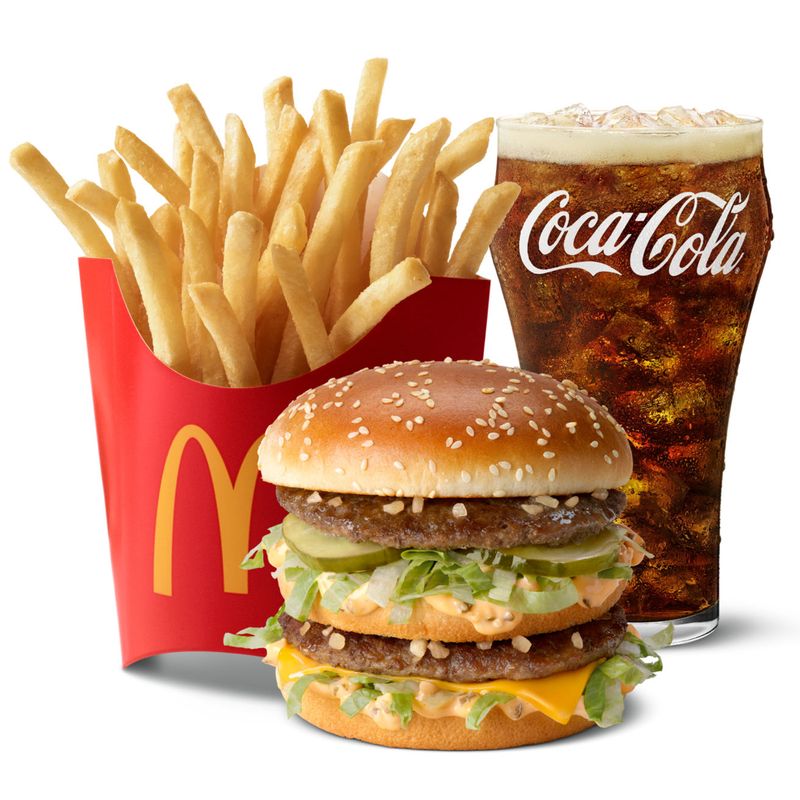
Budget-conscious diners will notice McDonald’s generally offers more bang for your buck. Their value menu items and combo meals typically cost less than comparable offerings at Burger King, making them the go-to option for those watching their spending.
This price difference stems partly from McDonald’s massive purchasing power and highly efficient operations. Their volume allows them to negotiate better supplier deals and spread fixed costs across more customers.
Burger King positions itself slightly upmarket, with prices reflecting their flame-grilled preparation method and larger portion sizes on signature items like the Whopper, which contains more beef than a Big Mac.
10. The Ice Cream Machine Isn’t Always Broken At Burger King

“Sorry, our ice cream machine is broken” has become such a common McDonald’s phrase that it’s spawned countless memes and even a website tracking machine outages.
The frustration of craving a McFlurry only to be denied has become a shared cultural experience. Burger King customers face this disappointment far less frequently. Their soft-serve equipment seems mysteriously more reliable, with fewer reports of machine downtime across locations.
The difference might come down to equipment choices, maintenance schedules, or cleaning procedures – whatever the reason, ice cream lovers know their chances of satisfaction are generally higher at Burger King.
11. McDonald’s Has More Coffee Options Than Burger King
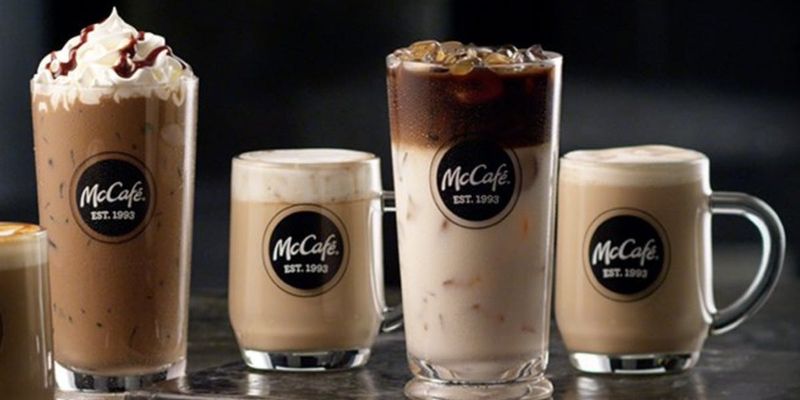
Coffee lovers find a stark difference between these chains. McDonald’s embraced premium coffee culture with its McCafé line, offering espresso-based drinks like lattes, cappuccinos, and frappés that rival specialty coffee shops.
Burger King has maintained a more basic approach to coffee, sticking largely to standard drip coffee without the fancy variations. Their simpler coffee program means fewer options but also less waiting time for those just wanting a straightforward cup of joe.
This difference reflects McDonald’s strategic push into the breakfast and coffee market segments, where they’ve invested heavily to compete not just with other fast food chains but with Starbucks and Dunkin’.
12. McDonald’s Soft Drink Game Is Stronger Than Burger King’s
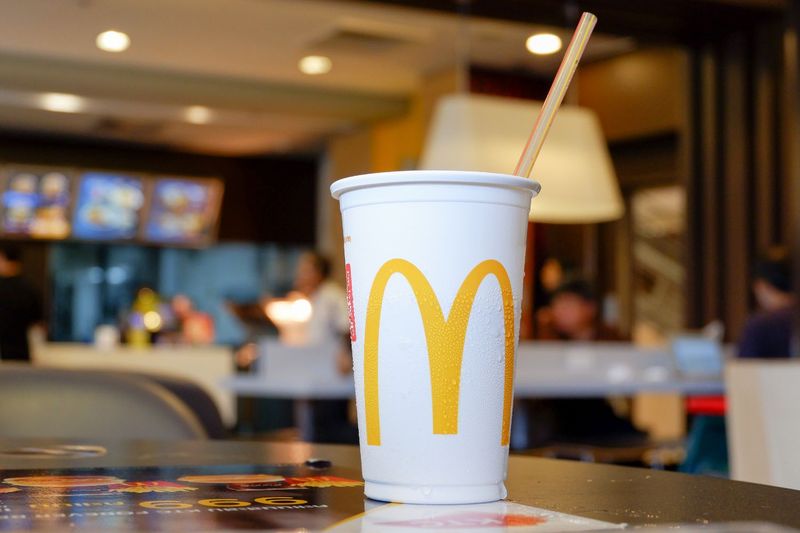
Soda enthusiasts swear McDonald’s Coca-Cola tastes better, and they’re not imagining it. McDonald’s invests in premium water filtration systems, precisely calibrated syrup-to-water ratios, and pre-chilled water lines that enhance carbonation.
They even store syrup in stainless steel tanks rather than plastic bags like most restaurants, including Burger King. McDonald’s also uses wider straws specifically designed to maximize flavor delivery to your taste buds.
Burger King’s soda system follows more standard industry practices, resulting in a perfectly acceptable but less distinctive soft drink experience that doesn’t generate the same cult following as McDonald’s legendary Coke.
13. Burger King’s Chicken Fries Are Better Than McNuggets
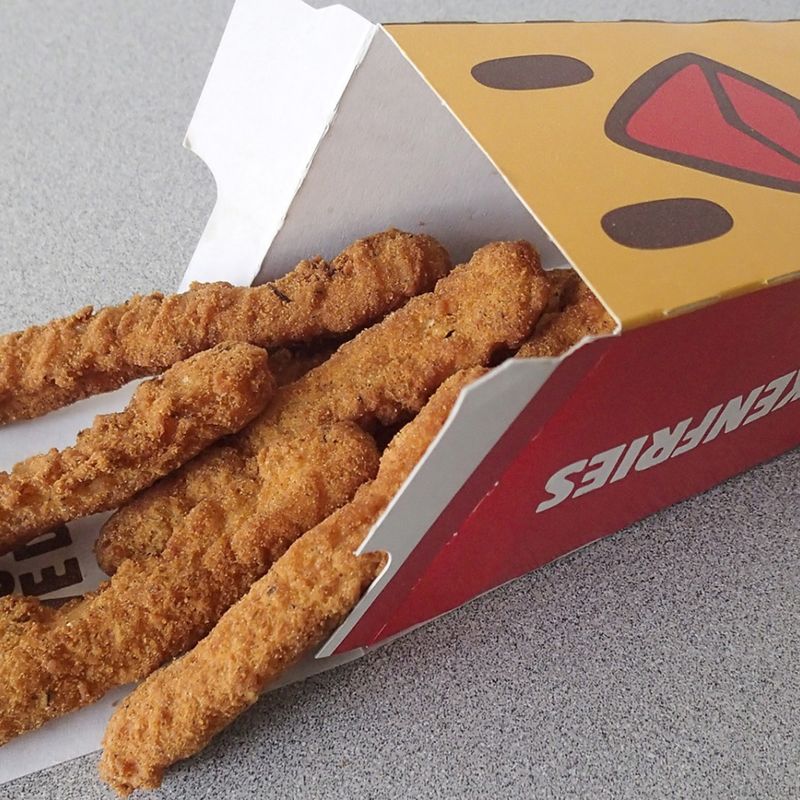
Burger King’s Chicken Fries represent a stroke of innovation that’s won devoted fans. These finger-shaped chicken strips come in a fry-like container, combining the convenience of fries with tender chicken in a uniquely peppery breading that’s distinctly different from traditional nuggets.
McDonald’s Chicken McNuggets are an undeniable fast food icon with their uniform shapes and consistent texture. However, many find them milder and less exciting than BK’s more boldly seasoned offering.
The difference extends to dipping – Chicken Fries’ shape makes them perfect single-handed dippers, while McNuggets require a more deliberate two-handed approach for optimal sauce coverage.
14. McDonald’s Fries Are More Delicious Than Burger King’s
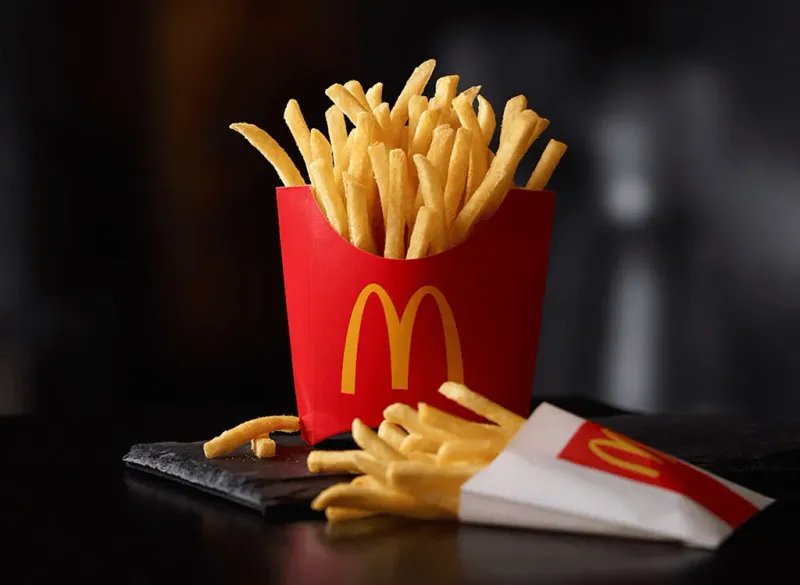
French fries might be the most fiercely debated difference between these chains. McDonald’s fries are industry legends – thin, crispy, perfectly salted sticks of potato that maintain their distinctive texture and flavor profile across thousands of locations.
Their secret involves a specific potato variety, a precise frying process, and a light coating that creates that signature exterior crunch. Burger King’s thicker-cut fries offer a more substantial potato presence and heartier bite.
Taste tests consistently favor McDonald’s fries for their balanced flavor and texture, though Burger King has reformulated their fries multiple times trying to close the gap in this critical side dish showdown.
15. Burger King Flame-Grills; McDonald’s Griddle-Cooks
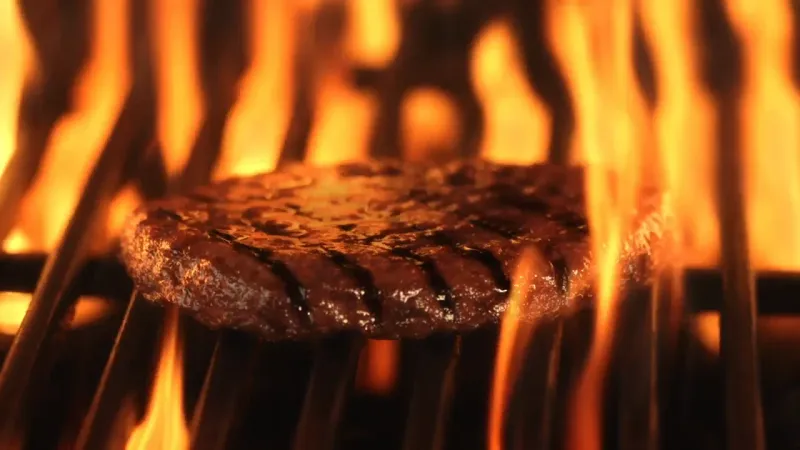
The most fundamental difference between these chains lies in how they cook their signature burgers. Burger King’s name isn’t just marketing – they actually flame-grill their patties over an open fire, creating that distinctive backyard barbecue flavor and those coveted grill marks.
McDonald’s takes a completely different approach, using flat clamshell griddles that cook both sides of the patty simultaneously. This method prioritizes speed and consistency, ensuring every burger has the same texture and doneness level.
These cooking methods create entirely different flavor profiles – BK’s smokier, more complex taste versus McDonald’s clean, beefy flavor that provides the perfect canvas for their special sauce and toppings.
16. Burger King Leads in Plant-Based Burgers
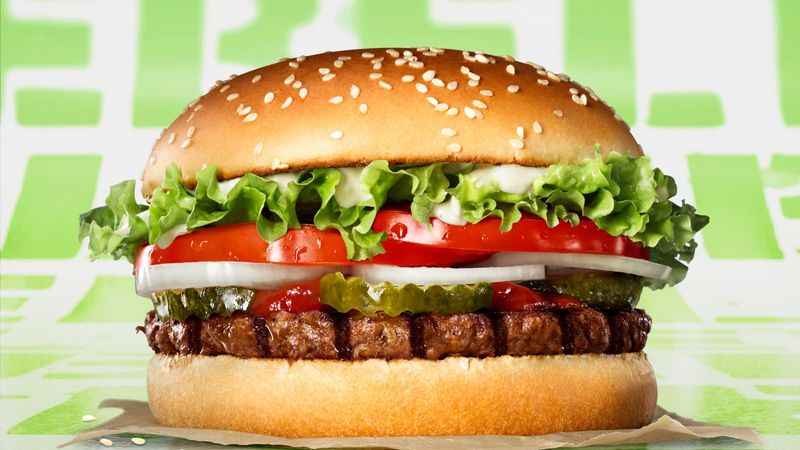
Burger King made a bold move by becoming the first major fast food chain to embrace plant-based meat alternatives nationwide. Their Impossible Whopper, launched in 2019, brought plant-based options into the mainstream and remains a permanent menu fixture at all locations.
McDonald’s has moved more cautiously into this territory. Their McPlant burger, developed with Beyond Meat, has seen limited testing in the U.S. market with a much slower nationwide rollout.
This difference highlights Burger King’s willingness to take bigger menu risks compared to McDonald’s more methodical approach to innovation – a pattern that appears throughout their business strategies.
17. McDonald’s Delivery Footprint Is Vast
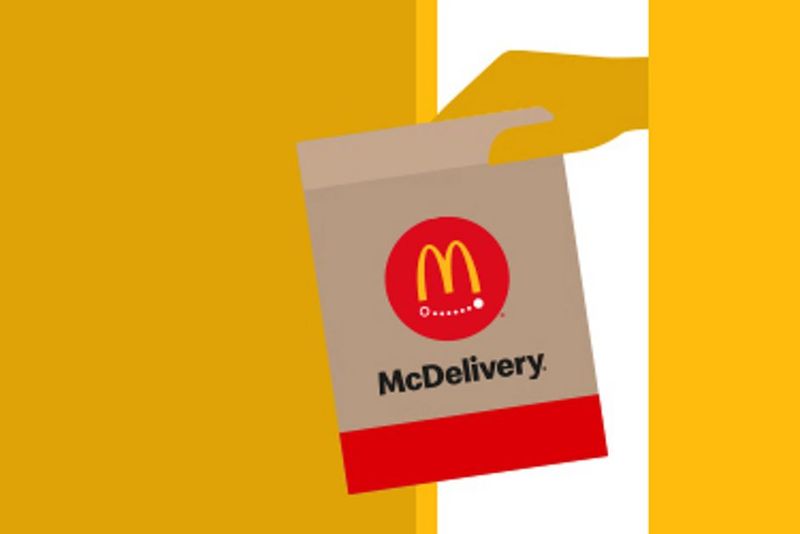
Hungry but don’t want to leave home? McDonald’s has invested heavily in delivery infrastructure, making McDelivery available in over 100 countries through partnerships with multiple delivery platforms and their own app.
Their delivery network reaches far more neighborhoods than Burger King’s more limited delivery footprint. McDonald’s also pioneered dedicated packaging designed specifically to keep food fresher during delivery trips. Burger King offers delivery too, but with less coverage and fewer technology integrations.
This delivery gap means McDonald’s is often the more accessible option for those craving fast food without the drive-thru visit – a significant advantage in today’s convenience-focused market.
Leave a comment